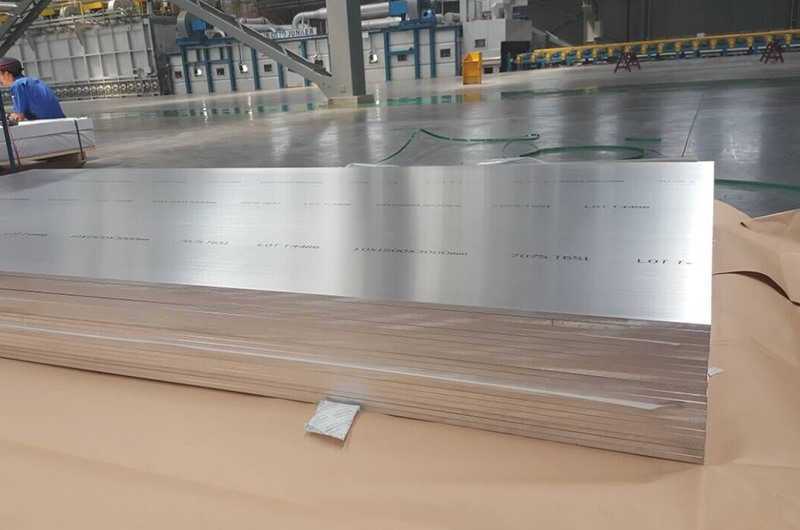The application of aluminum alloy as armor plate began in the mid-1950s. It has been used in wheeled armored vehicles and tracked armored vehicles for more than 60 years. Armored vehicles play a well-known and important role in search, reconnaissance, rescue and infantry transportation. The first batch of aluminum alloy armored personnel vehicles is the M113 of the United States. A large number of
aluminum alloy armor plates are used. The armor is thick enough not to be broken down by bullets and shrapnel to ensure personnel safety. At the same time, it is much lighter than the previous steel armored vehicles and can be transported by aircraft. During the Vietnam War,
aluminum alloy armor plate was effectively used. Since then, the consumption of
aluminum alloy armor plate has increased year by year, and thousands of aluminum armored vehicles have gone to the battlefield. The density of aluminum is only 2.7 g / cm3, which is the main reason why it is selected as armor plate. At the same time, the density of aluminum alloy made by adding alloy elements can fluctuate by ± 7%. The density of traditional steel deck is 7.75g/cm3 ~ 8.05g/cm3. The armored vehicle made of low-density aluminum alloy plate has much lighter mass, so the mobility is greatly improved. The armored vehicle with higher mobility has better acceleration and deceleration, greatly improved operability, more suitable for urban operations, more flexible and convenient personnel transportation, and more valuable is that the armored vehicle can be quickly transported to the battlefield by air. In addition, After the weight of the car is reduced, more fuel can be added to drive a longer distance.

For armor plate, it should have good ballistic characteristics. 5083-h131 and 7039-t64
aluminum alloy armor plate have good performance and have been widely used in the manufacture of armor structure. 5086-h131 aluminum alloy has high tensile strength, good weldability and corrosion resistance. 7039 aluminum alloy has good bullet resistance, but its corrosion resistance is low, especially its high sensitivity to stress corrosion cracking. Its weldability is unsatisfactory and can hardly be welded. Therefore, the connection of the alloy parts can only rely on mechanical fasteners.
The ballistic properties of 2024-T351, 6061-T651 and 7075-T651 aluminum alloys are worse than those of 5083-h131 and 7039-t64 aluminum alloys.
The explosion resistance of 2139-t81
aluminum alloy armor plate is better than that of traditional 5083-h131 and 7039-t64 aluminum alloy plates. Therefore, the armored vehicle made of 2139-t81 aluminum alloy thick plate has stronger protection performance, that is, when the protection performance of the armored vehicle is the same, the 2139-t81 aluminum alloy armored vehicle is much lighter, more flexible and faster. The research of the U.S. Army Research Laboratory shows that when the thickness of armor plate is equal, 2139 aluminum alloy plate can resist the bullet shooting of 643 M / s, while the safe shooting speeds of 5083-t131 aluminum alloy plate and 7039-t64 aluminum alloy plate are 543 M / s and 582 M / s respectively.
The explosion resistance of 2139 aluminum alloy is generally better than that of traditional aluminum alloy, especially the 2139 aluminum alloy plate in T84 state has higher tensile strength and fracture toughness. During the standardized blasting test, its 2017, Vol. 45, № 7 plastic deformation is about 50% less than that of 5083-h131 aluminum alloy. Therefore, when encountering an explosion on the battlefield, the impact of 2139-t84 aluminum alloy armored vehicle will be significantly reduced, which can greatly reduce potential damage.





